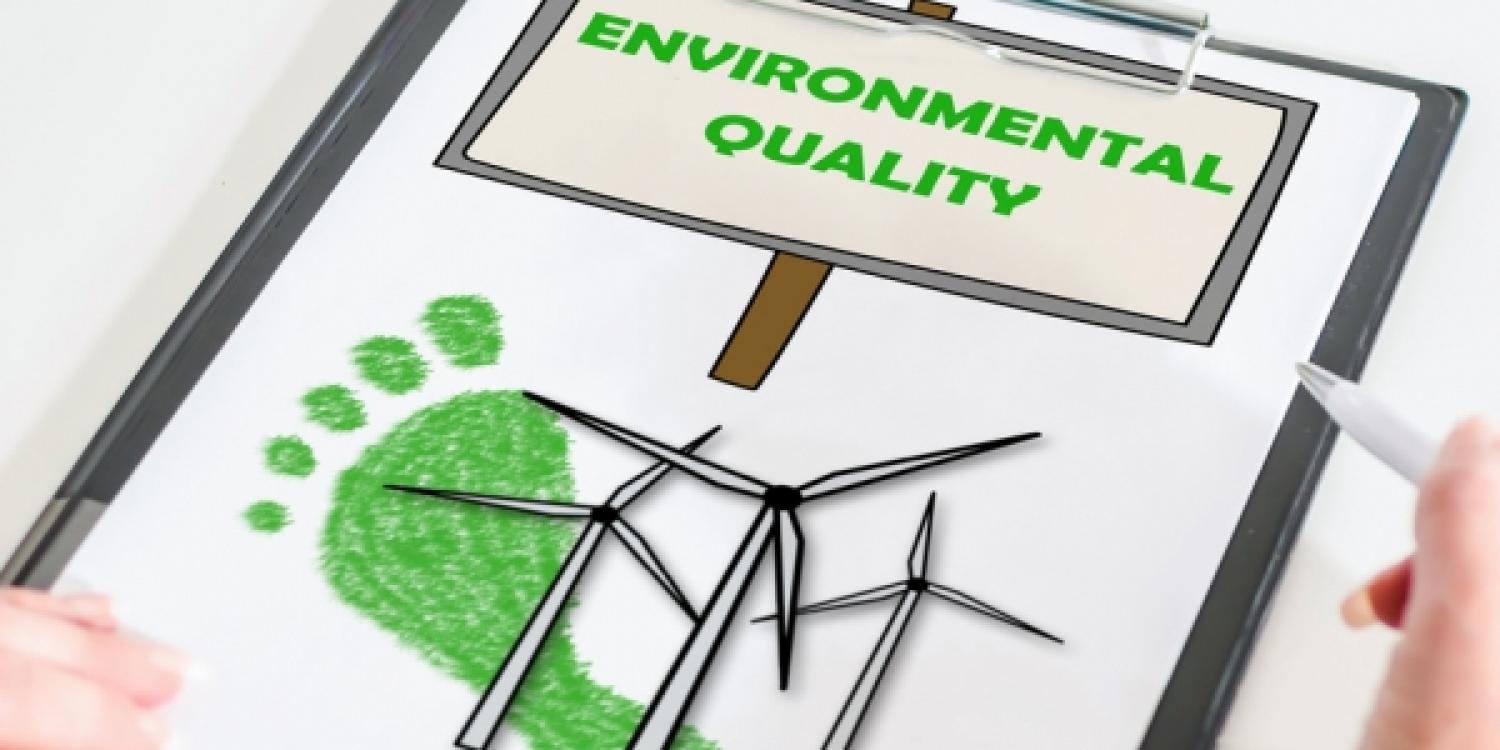Footprint calculation schemes, application and reporting

Information
Businesses that look ahead and actively manage their ecological risks and opportunities can gain a strong competitive advantage. Ecological footprint calculation schemes are increasingly used to help companies improve their market foresight, decide on strategic directions, manage performance and communicate their strengths. By providing a common unit, the footprint indicators establish benchmarks, set quantitative targets and evaluate alternatives for future activities. They also help companies identify strategies for better and more competitive products and services likely to meet future demand.
When a company wants to start using the footprint calculation, it needs to understand and define what exactly should be included. Typically, this means emissions from all direct activities across a company, including energy used in buildings, logistics, and company-owned vehicles. It can also measure indirect emissions from activities outside an organisation’s own operations; the value chain and all materials. By breaking down emissions into sources, a company can spotlight areas for improvement and use this to identify risks and opportunities.
The essential data required for the footprint includes:
- Energy, gas, and water: facility or energy teams as well as the finance department usually have this information
- Business travel, staff travel and commuting: air travel information can be collected from the travel agent or the team responsible for booking trips, and employee commuting can be calculated through a staff survey
A company needs to select the appropriate emission factor for each source, such as how many tonnes of CO2 are emitted over a specific period of time (per year/month). Each organisation is different and therefore has varying material emission sources (the largest or most significant to business operations). A small office-based company’s energy use may be dwarfed by its business travel, for example. After collecting all data, choose a methodology for the footprint that is most relevant to the organisation and its ambitions; a basic report using a footprint calculator spreadsheet or an internationally recognised standard.
Footprint monitoring can inform your company about current energy, water and material inefficiencies. Addressing these inefficiencies, as part of a footprint calculation scheme, can result in up to 30 % reduction in resource waste.
The ERIK library (see Support programmes) offers links to and information on a number of existing footprint calculators developed in different countries.